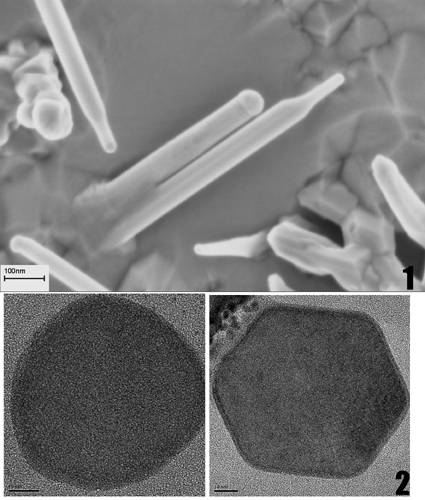New ways to build or assemble devices from tiny building blocks

There is a limit to the degree of precision and grammar in the details that a sculptor-artist, however talented, can express in the stone he is carving a statue from. This limit is determined by the physical dimensions of the most delicate tool used by the artist. Those who want to design finer details can only do so if, instead of carving in stone, they collect tiny stones, and then build or assemble the sculpture from them "from the bottom up". In this method, the size of the smallest detail is limited by the size of the building blocks.
These limitations and solutions also characterize the construction processes of tiny electronic devices. The conventional technique for manufacturing integrated electronic circuits is based on burning semiconductor crystals. The existing technology allows extremely fine mining, but it seems that the possibilities in this field are approaching the limit of technological ability. To continue the miniaturization momentum beyond this limit, scientists are developing ways to build or assemble devices from building blocks as small as possible: large molecules and tiny single crystals.
Weizmann Institute of Science scientists work in this field of research in several ways. Dr. Hadas Strickman, from the Center for Submicron Research, uses a technique for growing tiny single crystals, called vapor-liquid-solid, and uses tiny drops of a gold solution to precipitate the starting materials. It grows nanocrystals of semiconductor materials, such as gallium arsenic, whose constituent atoms are well arranged. The single crystals grown with this technique form nanowires ("bristles").
In pictures (taken using a microscope
Scanning and penetrating electrons):
1. Two adjacent nanowires ("bristles"), which
Single crystals of gallium-arsenic.
2. Sections of two "bristles".
3. General appearance of a model with many bristles.
4. A single "bristle" with a diameter of several tens of nanometers
and several microns long.
5. "Bristle" showing atomic layers that have grown
Perfectly fine (the contrast ball is
a drop of solidified gold)

This work was done by Dr. Hadas Strickman, in collaboration with Prof. Moti Hayblom, and Dr. Ronit Popovich-Biro from the Electron Microscopy Unit
